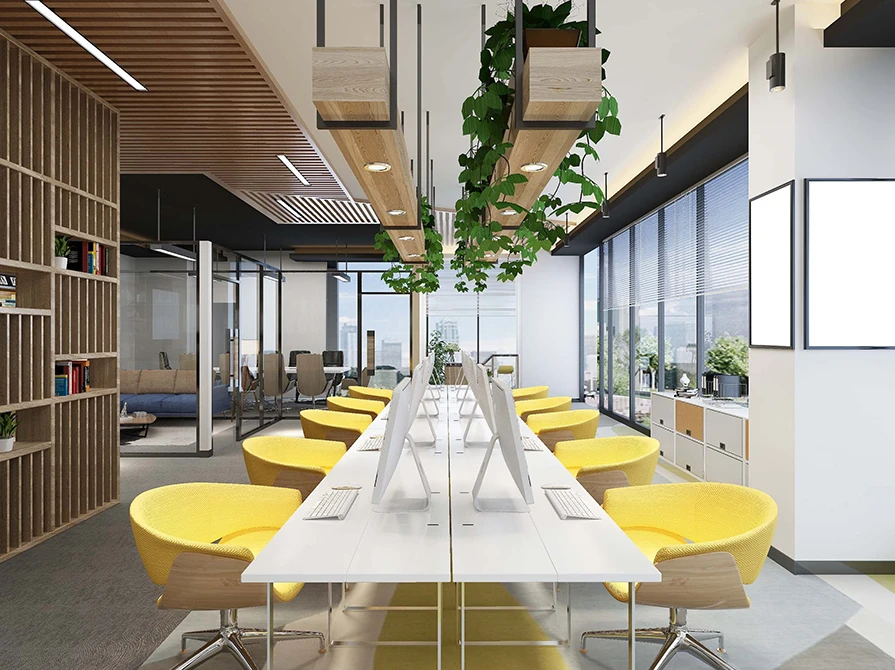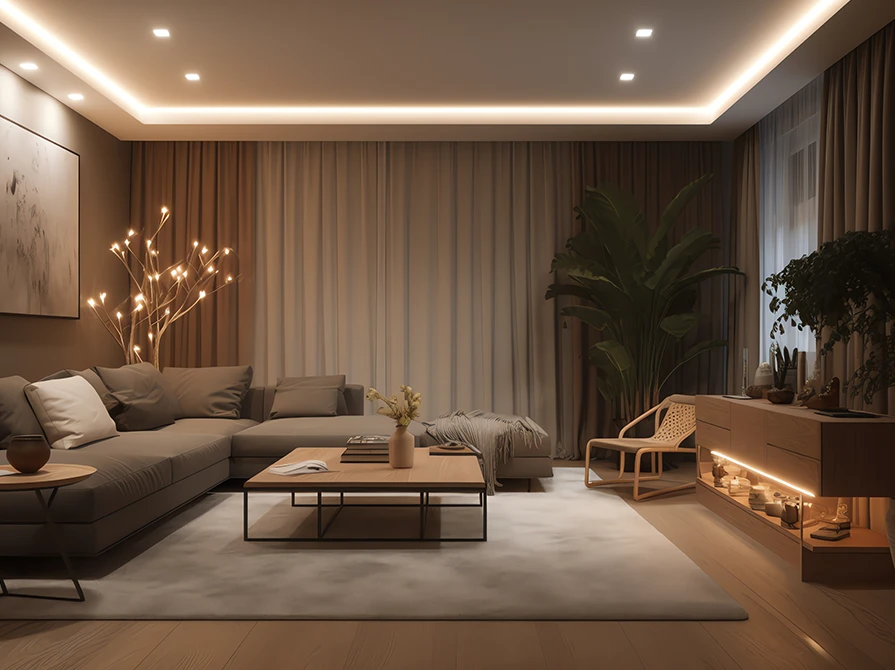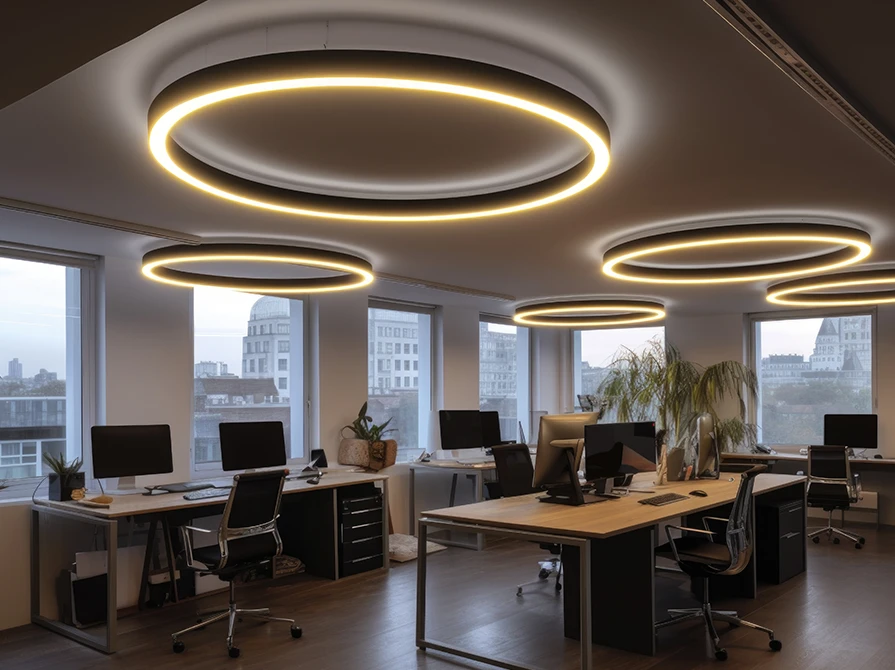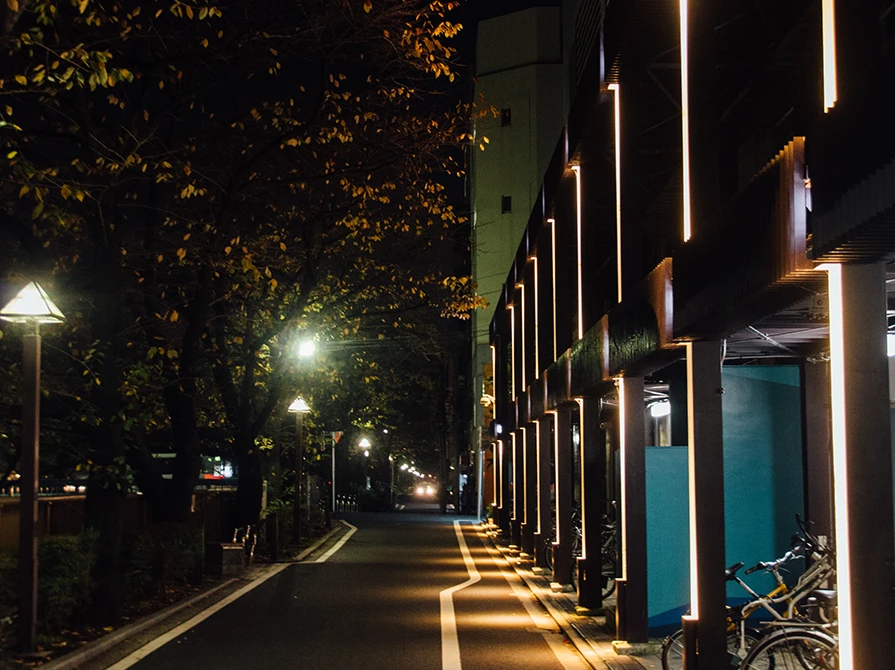

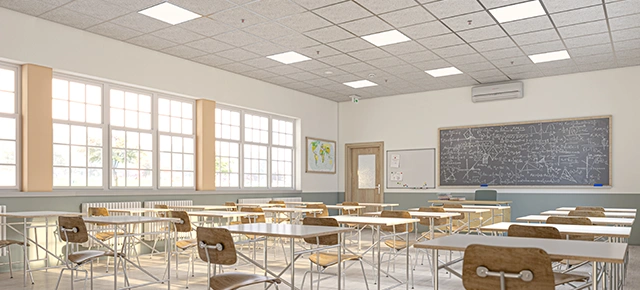
For educational facilities, creating an environment that encourages enthusiasm, alertness, and visual comfort is a necessity to provide students with a quality learning experience. There are many factors that affect the overall ambience of the space, like location, infrastructural design, and available facilities. However, among all these, one of the most influential aspects is the lighting design of the space.
The installation of lighting fixtures is done in a way to ensure that the students, teachers, and other occupants feel comfortable while encouraging health and performance. Apparently, achieving the right intensity of illumination in institutional facilities isn’t as easy as it sounds. Various considerations are required to create ideal lighting conditions that foster a learning experience. For example, considering the space design, understanding the purpose and requirement of illumination in a particular area like a classroom, entrance hall, etc. Similarly, the choice of the luminaire, such as different types of LED lighting solutions, also impacts the look and feel of the space.
Let’s delve deeper into these lighting design considerations that help lighting professionals achieve the desired illumination.
The first and foremost step in implementing lighting design is to carefully examine the lighting requirements in the different spaces. For instance, areas like entrance halls will require brighter lighting to help occupants have smoother in-and-out movements. Classrooms are the places where students will spend most of their time throughout the day; thus, they must be lit with luminaires that prevent exhaustion and eye strain while studying. Evaluating lighting requirements area-wise will help to choose the right kind of fixture as well as optimise energy consumption.
There are plenty of lighting fixtures available in the market and thus choosing the one to meet illumination requirements in educational facilities can be a tough call. In fact, the real challenge is to choose a lighting source that not only provides optimal lighting conditions but also helps to save on electricity expenditures. For this purpose, most lighting professionals recommend the use of modern LED commercial lights, as they are quite reliable options when it comes to efficiency and performance. From recessed luminaires to suspended ceiling lights, choosing LED fixtures from leading manufacturers like Wipro Lighting helps to create a comfortable and vibrant environment in schools, colleges, and other institutions.
The use of natural light is always a recommendation from experts, especially when it comes to ensuring the well-being of the occupants. According to various studies, it has been proven that exposure to daylight contributes to the higher academic performance of children. It also keeps children attentive and engaged during sessions. Thus, a balance between both natural and artificial sources of lighting must be maintained while designing the layout of educational centres.
Colour temperature is an essential characteristic of lighting fixtures that affects the visual experience of the occupants The choice of colour temperature largely depends on the type of environment and mood to be created. Such as warmer colour temperatures (around 1700 - 2700 Kelvin) are suitable for installation in places where a cosy environment is needed. However, for institutional centres, cool white light (around 4000 Kelvin) is preferred to ensure that students stay active, alert and focused.
Related Read: Lighting Solutions for Educational Centres by Wipro Lighting
The above-mentioned are some of the major considerations that must not be overlooked to improve the productivity and concentration of the students. Besides, certain other factors, like flickers in fixtures and glare from bright areas, must be minimized to prevent visual discomfort and its adverse effect on the well-being of children.
